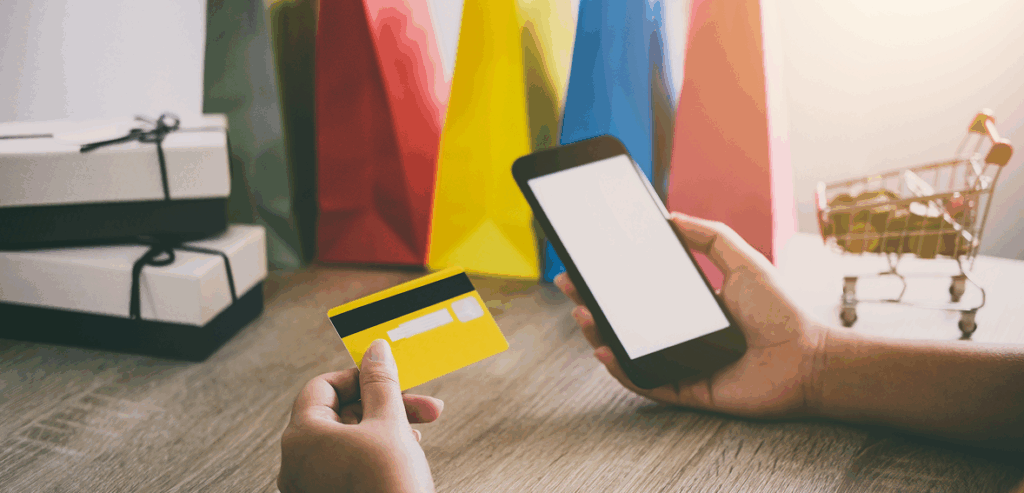
Mobile Wallet Usage in 2025: Key Trends, Adoption Statistics, and What They Mean for Businesses
The Mobile Wallet Revolution
The way consumers pay has changed dramatically in the last decade. From cash to cards, and now to mobile wallets, payment technology has consistently evolved to match lifestyle and convenience.
In 2025, mobile wallets like Apple Pay, Google Pay, and Samsung Pay are no longer futuristic tools — they are mainstream. With 57% of U.S. adults using digital wallets in 2024, and global adoption growing at record speed, businesses that don’t adapt risk falling behind.
This article takes a deep dive into the latest trends, adoption statistics, and insights for 2025 — and explores what these mean for retailers, restaurants, and e-commerce businesses.
The Global Rise of Mobile Wallets

- In Asia-Pacific, mobile wallet adoption exceeds 80% of transactions (led by Alipay and WeChat Pay).
- In the U.S., adoption is accelerating, fueled by Apple Pay’s dominance and Google Pay’s integration with Android.
- Europe is catching up with strong growth in NFC-enabled payments and government-backed initiatives.
Insight: Mobile payments are shifting from optional to expected.
Generational Shifts in Payment Preferences
- Gen Z & Millennials: Heavy users; prioritize speed, convenience, and integration with loyalty apps.
- Gen X: Adoption growing as wallets expand beyond payments to transit, IDs, and event passes.
- Boomers: Still cautious but adoption increased during COVID due to contactless safety.
👉 Businesses must prepare for a future where digital wallets are the default payment method across all generations.
Mobile Wallet Adoption Statistics (2025 Snapshot)
- 57% of U.S. adults use digital wallets weekly.
- 42% of Millennials list mobile wallets as their preferred payment method.
- Mobile transactions expected to surpass $20 trillion globally by 2028.
- Contactless payments in U.S. retail are up 150% since 2019.
Takeaway: The adoption curve is accelerating — wallets are on track to replace physical cards.
From Payment Tool to Super App
Digital wallets are expanding beyond payments. Today, wallets hold:
- Loyalty cards & coupons.
- Transit passes & event tickets.
- Car keys and digital IDs.
- BNPL (Buy Now, Pay Later) options.
Example: Apple Wallet integrates not only Apple Pay but also loyalty programs, boarding passes, and government IDs in some states.
QR Codes Making a Comeback
While NFC dominates in Western markets, QR payments are booming worldwide:
- China: Alipay & WeChat Pay built entire ecosystems on QR.
- U.S. Retailers: Venmo & PayPal launched QR checkout in-store.
- Restaurants: QR menus now often link directly to payment gateways.
Trend: Businesses should consider supporting both NFC and QR to serve all customers.
Security Trends in Mobile Payments

Consumer trust is crucial. Mobile wallets are gaining credibility due to:
- Tokenization (no real card numbers exchanged).
- Biometric authentication (Face ID, fingerprint).
- Two-factor verification.
- AI-driven fraud detection.
👉 Fraud rates for mobile wallets are generally lower than card swipes, making them safer as well as faster.
Loyalty & Consumer Engagement via Wallets
Mobile wallets are not just about transactions — they’re powerful engagement tools.
- Starbucks: 48% of U.S. sales now come through mobile orders & wallet-linked rewards.
- Walgreens: Uses Apple Wallet to distribute real-time coupons.
- Airlines: Push boarding passes + loyalty offers directly to wallets.
Insight: Integrating loyalty into payments increases retention by 20–30%.
The BNPL Trend Meets Mobile Wallets
BNPL (Buy Now, Pay Later) is merging with wallets:
- Apple launched Apple Pay Later.
- Google Pay integrates Affirm and Klarna.
- PayPal’s “Pay in 4” is embedded in wallet checkouts.
Result: Larger average order sizes, higher conversion rates for businesses.
Wearables and Alternative Devices
Mobile wallets aren’t confined to smartphones anymore.
- Apple Watch leads wearable payments.
- Smart rings, NFC-enabled wristbands, and even connected cars are becoming payment tools.
- Event organizers are experimenting with wearable payments for concerts and festivals.
Mobile Payments in E-Commerce

Mobile wallets are driving down cart abandonment in online stores:
- “Buy with Apple Pay” and “Buy with Google Pay” buttons cut checkout times dramatically.
- Biometric authentication reduces friction in one-click payments.
- Wallet-driven checkout improves conversion rates by 20–25%.
Challenges in Adoption
- POS Hardware: Some small businesses still lack NFC-enabled terminals.
- Consumer Education: Many customers don’t know they can add loyalty passes to wallets.
- Fragmentation: Different wallets, devices, and QR/NFC systems complicate universal adoption.
- Cost Concerns: Processing fees remain similar to credit cards.
Predictions for the Next 5 Years
- Wallets > Cards — Mobile wallets expected to surpass plastic cards globally by 2030.
- AI-Powered Offers — Wallets will use purchase history to serve personalized deals.
- Biometric-Only Payments — Palm vein scans, face recognition at checkout.
- Global Interoperability — Travelers using one wallet worldwide.
- Wallets as IDs — Driver’s licenses, passports, and health records stored securely in wallets.
What Businesses Must Do in 2025
- Upgrade POS Terminals to support NFC and QR.
- Enable All Major Wallets — Apple, Google, Samsung.
- Integrate Loyalty Programs into wallets.
- Market Wallet Acceptance — Display signs and digital promotions.
- Train Staff to help customers adopt wallet payments.
Conclusion: Mobile Wallets as the Future of Payments
Mobile payments are no longer just a trend — they’re becoming the standard. Businesses that adapt early will reap the rewards of faster checkouts, stronger customer loyalty, and reduced fraud.
In 2025, the smartest retailers and restaurants are the ones who treat mobile wallets not only as a payment method, but as a gateway to customer engagement and loyalty.